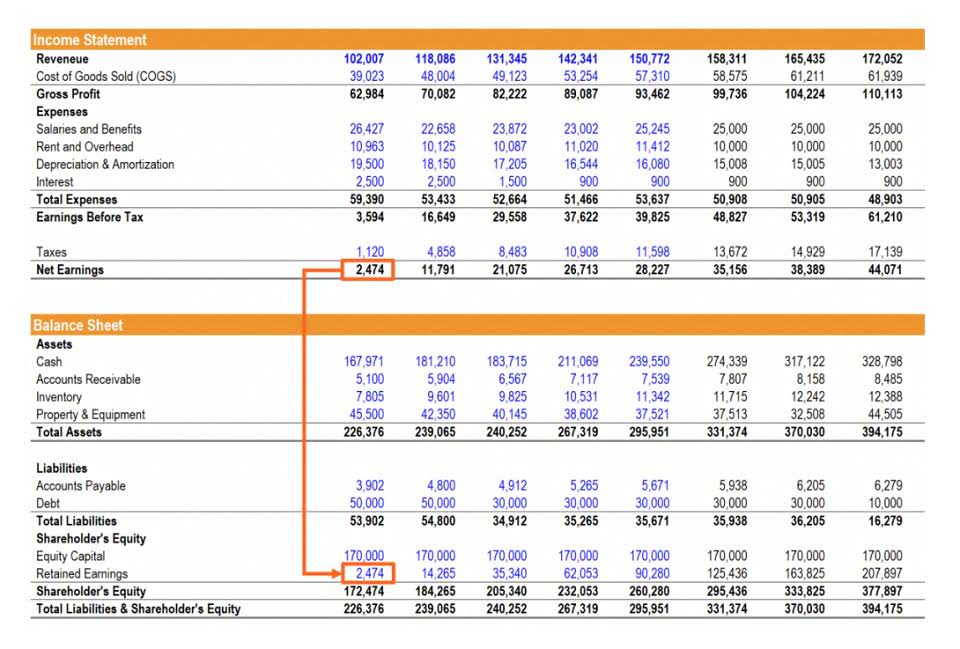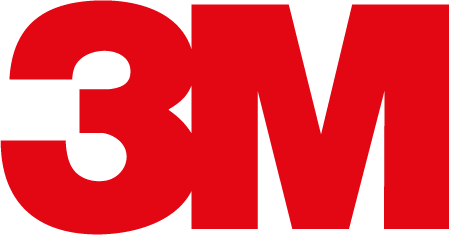
This means that the overall value of your business will rise and fall. Investors want to put their money into a business that will help them earn their money back. A lender wants to be assured that they’ll be paid back in a timely manner. The cost principle helps ensure business assets are based on https://www.bookstime.com/ their actual cost rather than their value based on the market’s constant fluctuations. The principle is most often reflected in a company’s balance sheet, which includes values for all of the assets it owns, as well as debts owed to vendors (including for business loans used to acquire assets).
For example, a conference is held in Seattle that focuses on the “El Niño” effect on global climate. Jane, a postdoc working on a related sponsored project, will present her paper and interact with colleagues from other academic institutions. The trip will benefit the project, and the travel costs are therefore allocable to the project.
Cost principle: Example 3
It allows for better decision-making, as it reflects the economic reality of a company’s operations, even if cash transactions have not yet taken place. By recognizing revenues and expenses in the period they occur, accrual accounting helps stakeholders assess the financial health and performance of an entity. The Cost Principle is based on the belief that financial statements should reflect the actual transactions and events that occurred, rather than subjective the cost principle is used: estimates or future expectations. By recording assets at their original cost, it provides users of financial statements with a reliable and verifiable basis for assessing an entity’s financial position. Business owners with no accounting background can use cost principles to achieve accuracy, consistency, and simplicity in their books. It is advisable to record your assets as per fair market value rather than the actual cost that might fluctuate.

Let’s consider an example to understand accrual accounting better. Suppose a company provides services to a client in December but does not receive payment until January of the following year. Under cash accounting, the revenue would be recognized in January when the cash is received. However, under accrual accounting, the revenue would be recognized in December when the services were actually provided, providing a more accurate reflection of the company’s performance in that period. The cost principle means that a long-term asset purchased for the cash amount of $50,000 will be recorded at $50,000.
Reduces the impact of market volatility on financial statements – Advantages of Historical Cost Principle
The newly purchased asset should be recorded at the cost of the purchase itself. However, because the copyright is an intangible asset, it is not recorded on the balance sheet whatsoever. Because the cost principle states that assets should be recorded at their original cost, the balance sheet is easier to maintain. This is due to the fact that the value of an asset can change after it was purchased. Market conditions can influence asset value greatly, depending on the item.
- It provides a historical and objective basis for valuing assets, allowing users of financial statements to make informed decisions based on reliable information.
- They aren’t used for any other purpose, like machinery or equipment is.
- This is due to the revaluation of intangible assets, allowing the company to make better business decisions.
- Another exception to the historical cost principle is the revaluation of property, plant, and equipment.
- This valuation method accurately represents the financial instrument’s value more accurately than the original purchase price.
- The cost principle is a popular accounting method because it’s simple, straightforward and conservative.

















